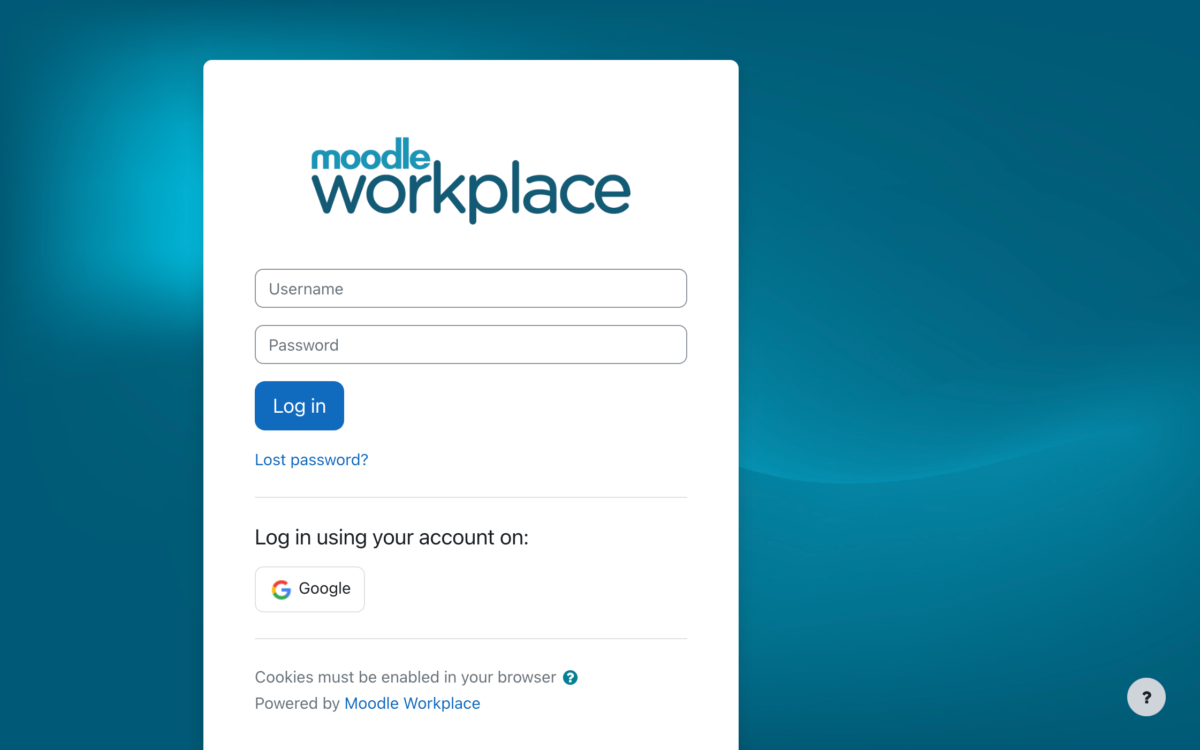“Gamification” is a buzzword tossed around by L&D managers who want to make eLearning more fun and “sticky.”
The idea, of course, is that people learn better playing games than they do looking at a static text on the screen. Many eLearning blogs cite “scientific” evidence that our brains actually retain more knowledge when engaged in a game. That makes sense. Games mean play, and play means a break from the routine where the learner has to think on his or her feet.
If you look at gamification from a learning design standpoint, it means that learning is done through a highly interactive sequence of events that reward the “player” for a job well done–or sends them back to the drawing board to try again. Just hit reset.
An example of gamification might be teaching probability theory using a virtual craps game.
Learners would rather roll a pair of dice in a virtual casino and be rewarded with a stack of redeemable chips for a prize (dinner for two) than memorise a complicated equation. Reinforcing questions would make sure they could apply what they learned.
But does gamification produce better learning outcomes? A literature review on articles examining the efficacy of gamification published last year at the 47th Hawaii International Conference on System found that gamification “produced positive effects.”
Despite evidence that games get good learning results, a survey of L&D leaders found that just a quarter of them have adopted gamification as a learning strategy. So there is still an obvious scepticism that it actually works.
Like it or not, games are part of a growing trend in eLearning circles. One blog predicted that five years from now that gamification will be adopted by most industries and education providers.
Gamificiation learning theory works on the following principles:
- Explicit challenges (individually or in a team environment)
- Scene Setting with Images or videos
- Learning Guided by Intuition
- Complete Interactive Experience
- Uses Points or Rewards
Examples of gamification: a security company gives employees six scenarios where the players have to come up with ways to protect their personal data; a social networking company asks its employees to come up with tweets to respond to bad publicity; an automotive training company employs a virtual multimeter to test circuits—the meter can be shattered and a fuse blown, but can be reset with the twist of a dial. Multi-choice questions to follow.
The sophistication of the games being used in an eLearning context will vary according to budgets and learning outcomes. Already game industry terms are creeping into the vocabulary of L&D directors. Try translating this: “We started off with a casual game with cut scenes and XP, but had to add more juice, including a PD option and power ups.”
There is a scene in the Netflix Washington D.C. drama “House of Cards” where Congressman Francis Underwood, played by a deliciously wicked Kevin Spacey, unwinds by blasting enemies on a Play Station game.
His skills in assassinating political opponents on Capitol Hill are expressed in his implied expertise in the game. It’s a case of gamification in action.







